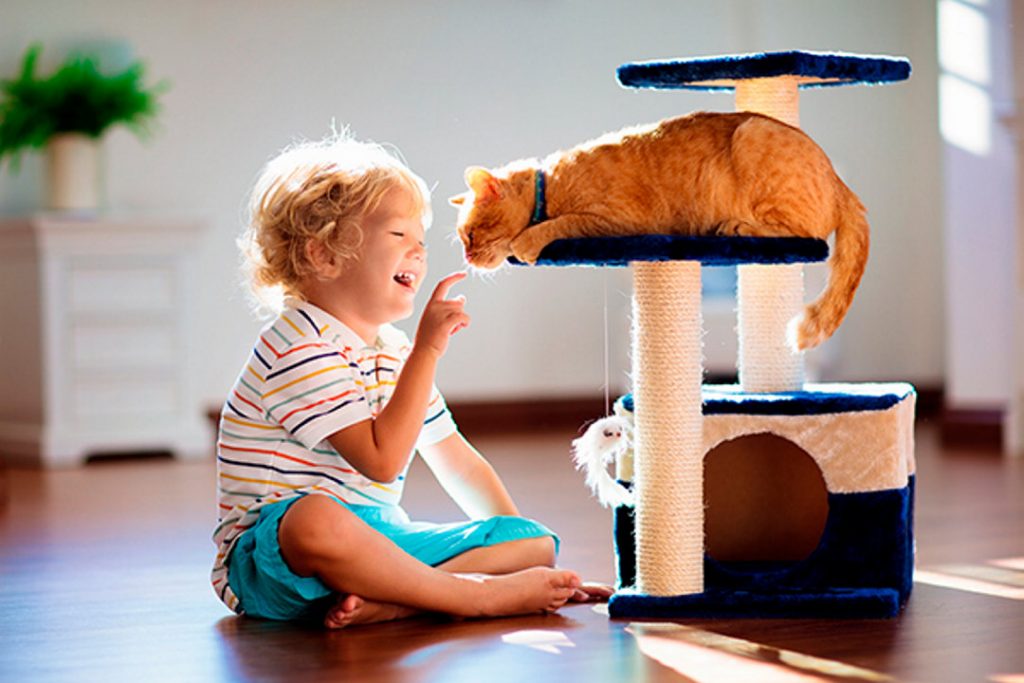Q: I want to encourage my children to be more active now that it’s warm out. What are some ways to do that?
A: Physical activity is very important for a child or teen’s mental and physical health, but sadly only about 1 in 4 children get the recommended 60 minutes of physical activity per day.
Levels of physical activity drop precipitously as a child’s age and grade in school increase — especially for girls. But when physical activity is a regular part of family life from a young age, kids are more likely to continue to be active even as they get older.
Physical activity includes all kinds of movement, at any intensity, including exercise and physical movement integrated into daily activity, such as walking to a friend’s house for a play date. Physical activity helps build healthy bones, muscles and joints. It also can help maintain a healthy body mass index and reduce the risk of diabetes, high blood pressure and heart disease later in life.
The immediate benefits include helping children fall asleep quickly and sleeping well. Physical activity also boosts a child’s mental health. It increases a child’s enthusiasm and optimism and can improve self-esteem, school performance, attention and even behavior. It also reduces anxiety, tension and depression. It can also foster teamwork and friendship when it’s part of an organized sport.
Parents can play a key role in helping their children become more physically active. Here are 10 tips to get your children moving after more than a year of cancellations and lockdowns during the pandemic.
- Talk with your child’s doctor: A pediatrician can help your child learn why physical activity is important and help your child find fun and developmentally appropriate ways to increase activity.
- Emphasize fun: Help your child find a sport or activity that he or she really likes. The more your child enjoys the activity, the more likely it will become a fixture in his or her life. Get the entire family involved. It’s a great way to spend time together.
- Plan ahead: Make sure your child has a convenient time and place to exercise.
- Provide a safe environment: Make sure the equipment and where children practice or play is safe. Make sure their clothing is comfortable and appropriate for the activity.
- Provide active toys: Young children especially need easy access to balls, jump ropes and other active toys.
- Be a role model: Children who regularly see their parents enjoying sports and physical activity are more likely to do so themselves.
- Play with your children: Help them learn a new sport or another physical activity, or just have fun together by going for a walk, hike or bike ride.
- Set screen limits: Limit screen time, including watching TV, scrolling through social media feeds and playing video games, each day. Use the free time for physical activities.
- Make time for physical activity: As children return to a more normal schedule this summer, they may become overbooked with lessons and other planned activities. Ensure they have time blocked out to get some fresh air and move about. Find state parks in your area that have good hiking trails or go to a nearby lake or beach for a day of swimming and splashing.
- Don’t overdo it: Exercise and physical activity should not hurt. If it becomes painful, your child should slow down or try a less vigorous activity. If exercise starts to interfere with school or other activities, talk with your child’s doctor.
Studies show that lifestyles learned in childhood are much likelier to stay with a person into adulthood. If sports and physical activities are a family priority, they will provide children, and parents, with a strong foundation for a lifetime of health. Physical activity and a balanced diet are key to a healthy life. One of the most important things parents can do is to encourage healthy habits in their children. It is never too late to start. Ask your child’s doctor about tools for healthy living.
Dr. Natalie Muth is a pediatrician and registered dietitian. She also is a spokesperson for the American Academy of Pediatrics and the author of “Family Fit Plan: A 30-Day Wellness Transformation.” For more information, go to HealthyChildren.org, the website for parents from the AAP.




